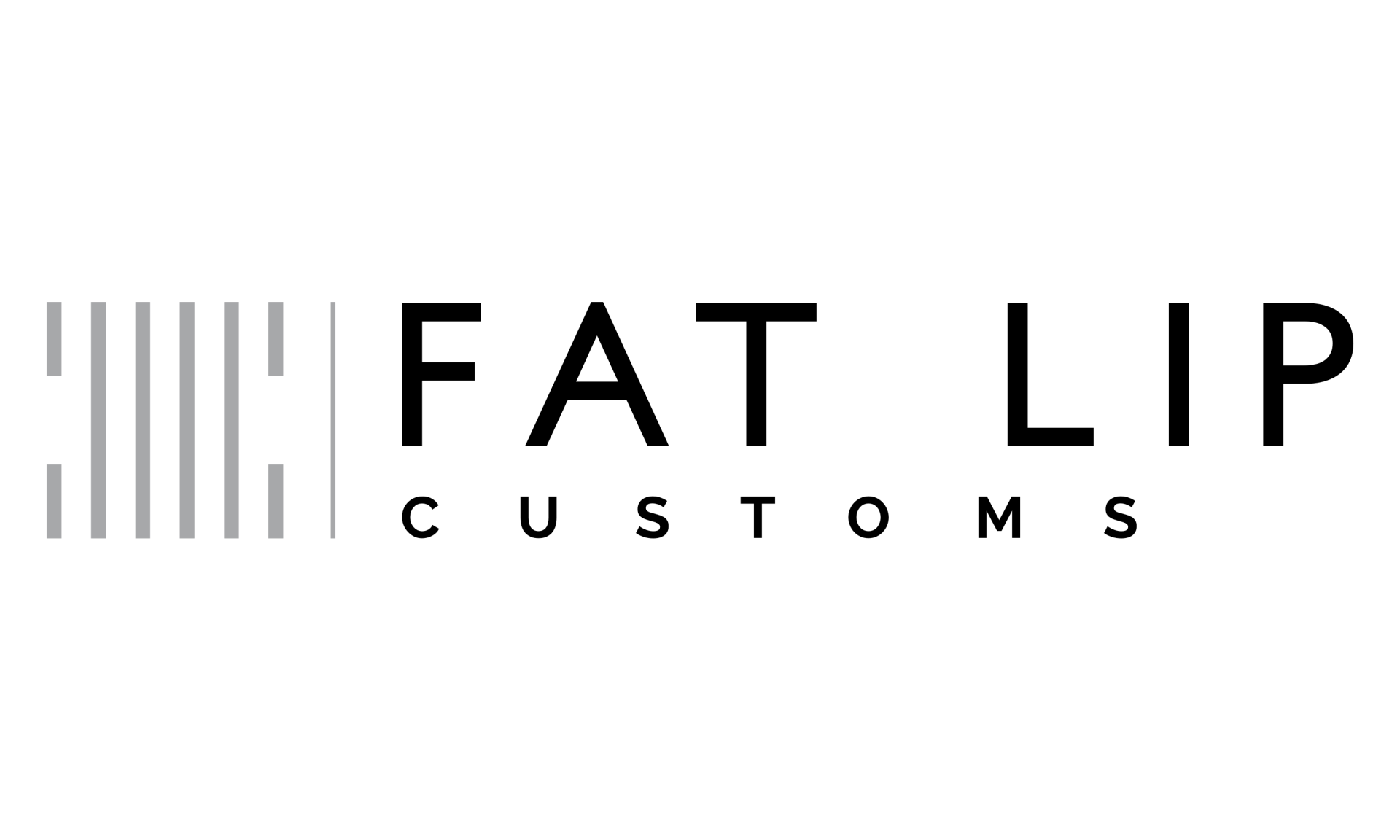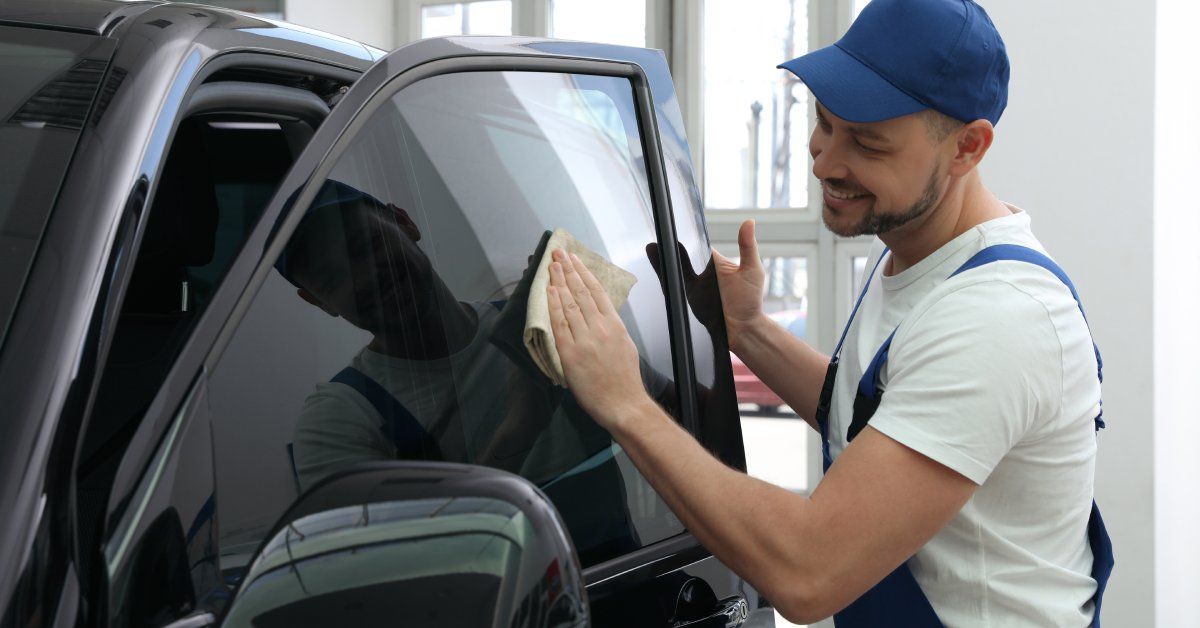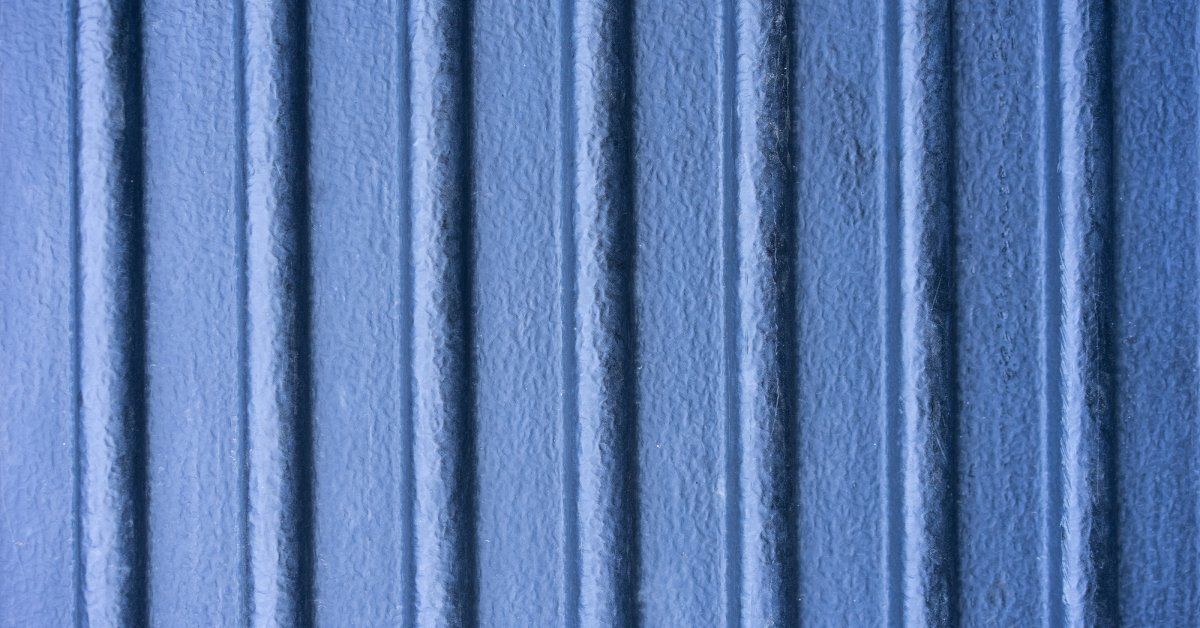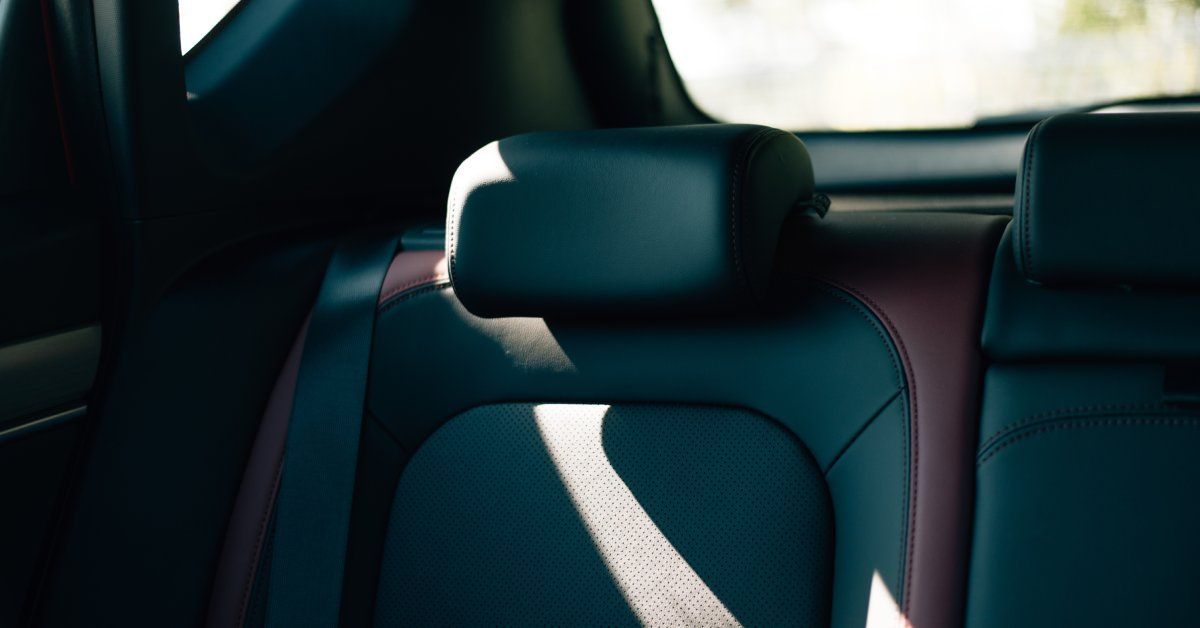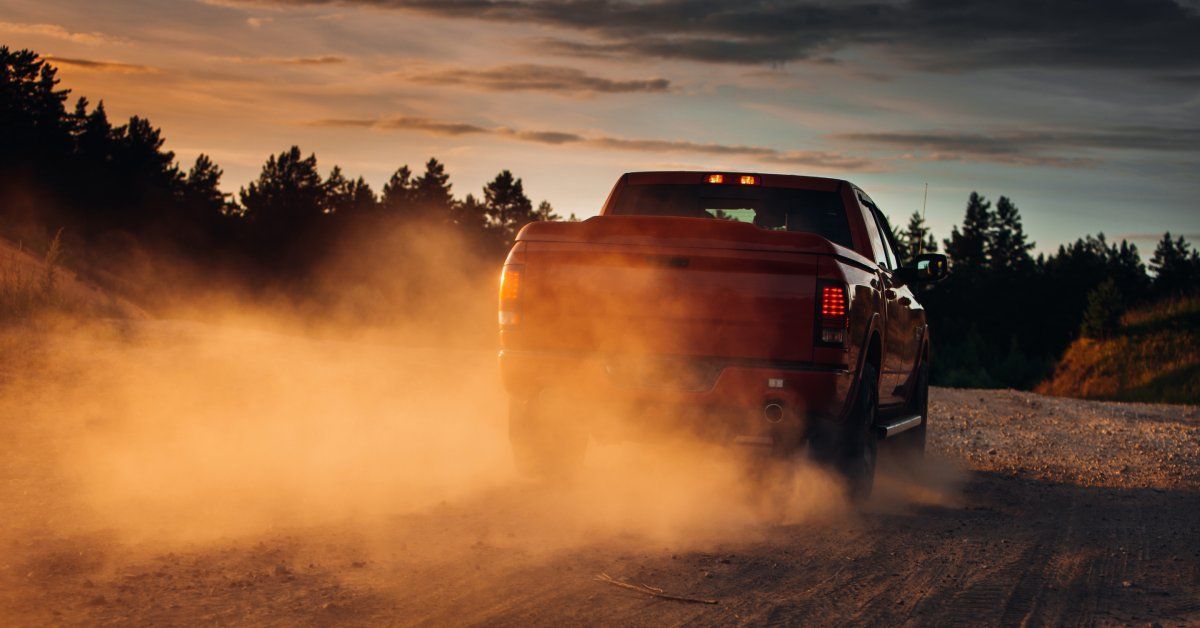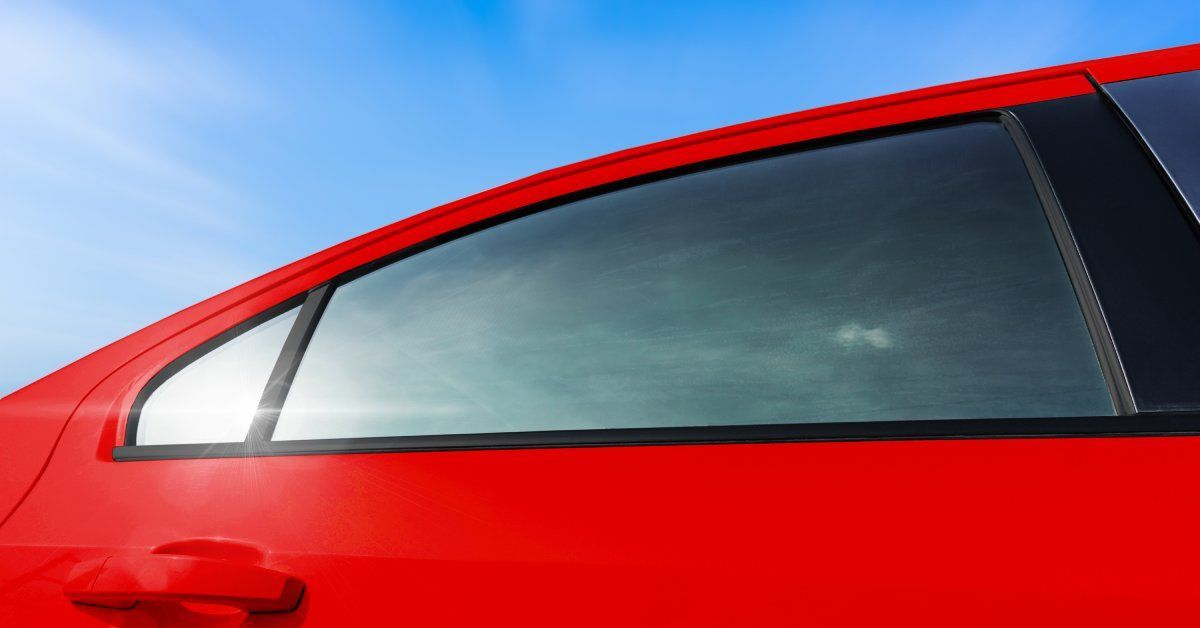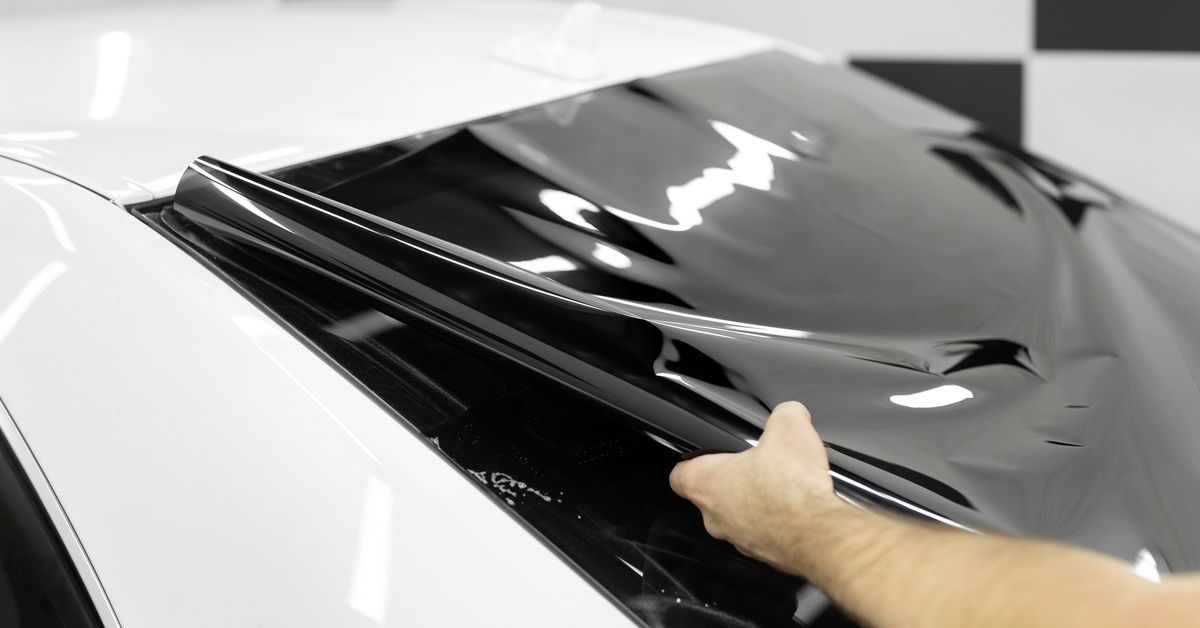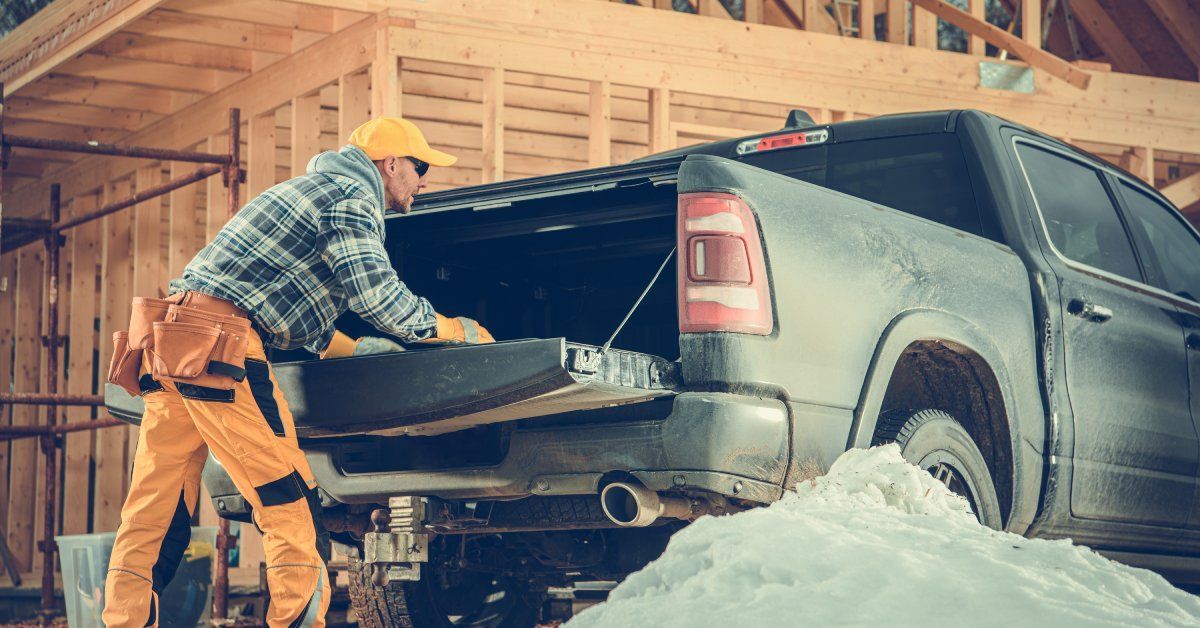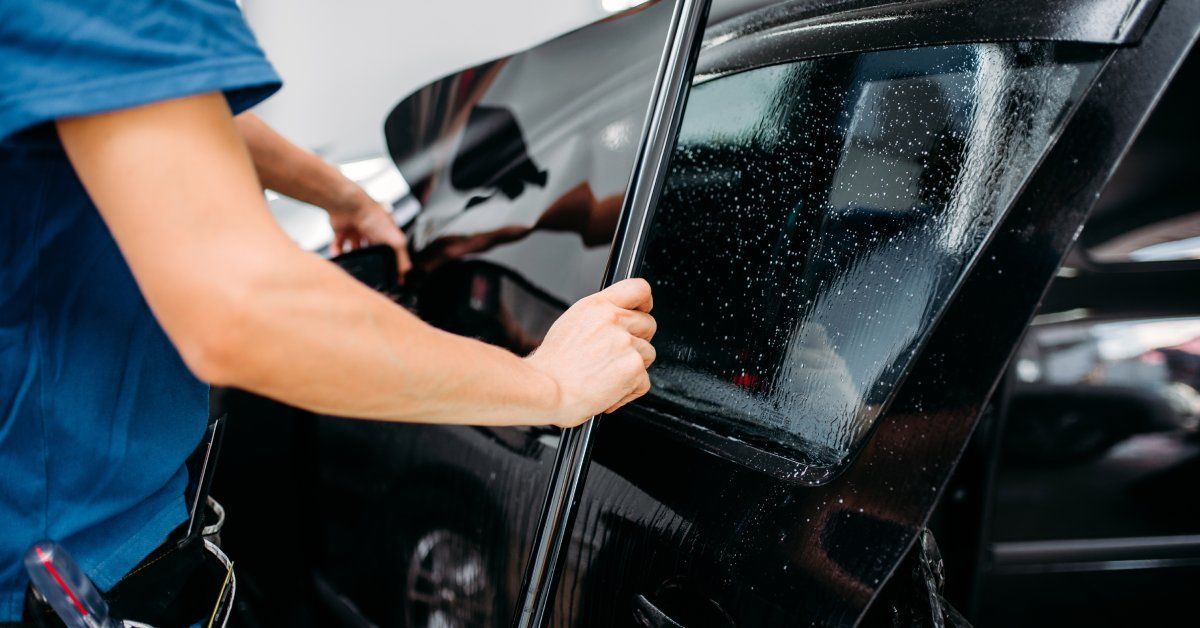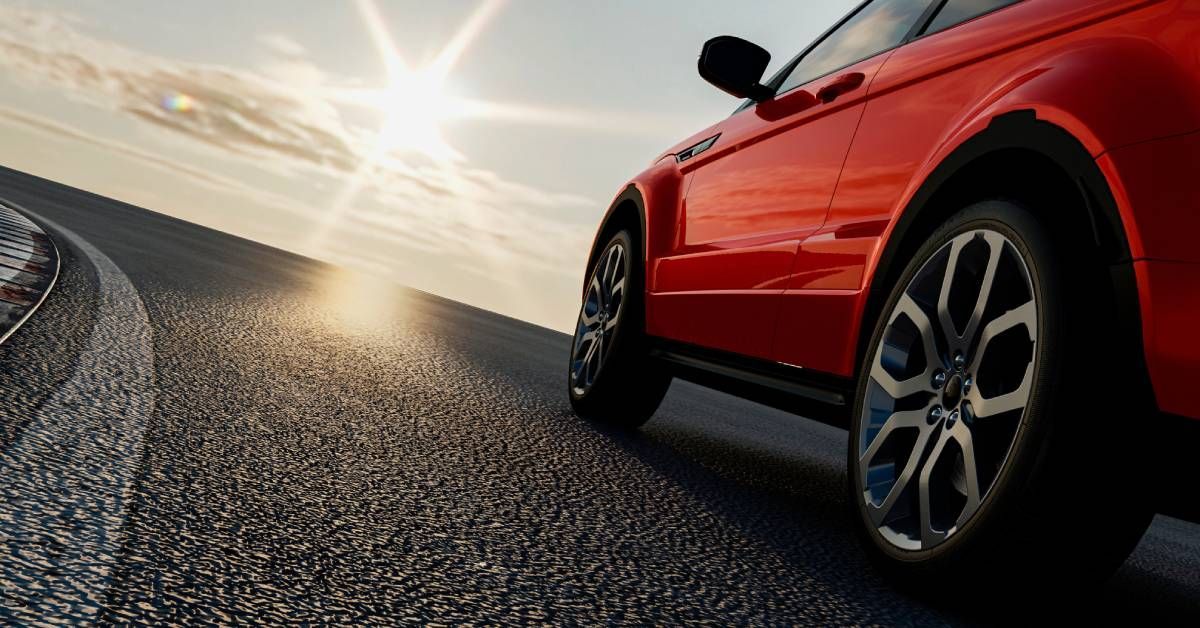How Window Tinting Protects Your Vehicle’s Interior
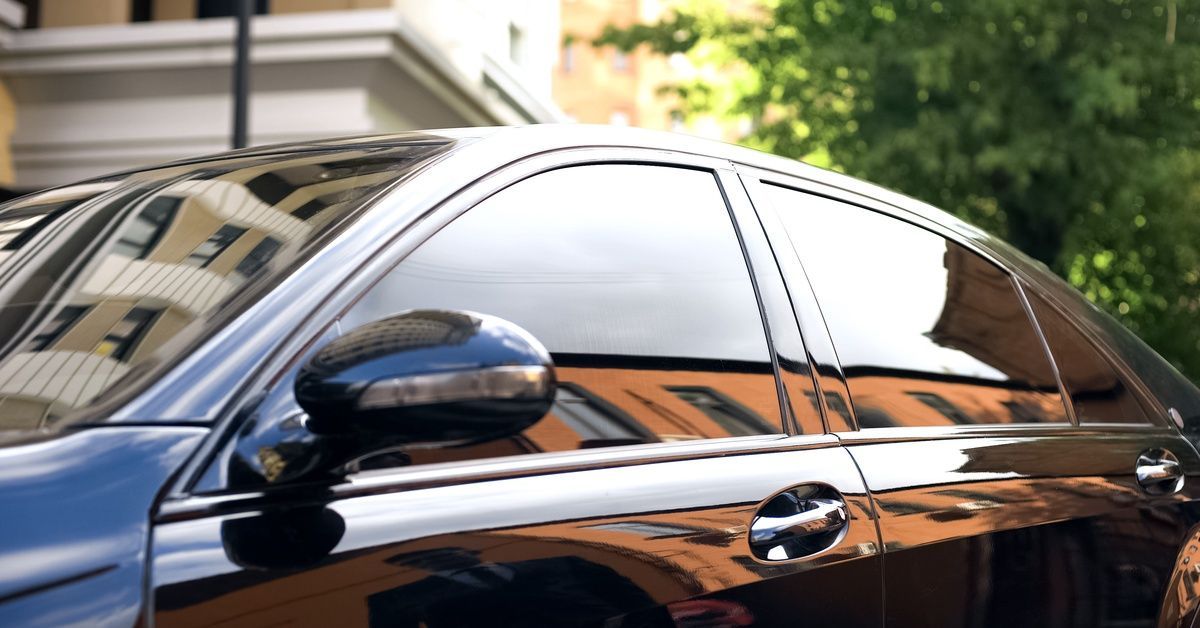
You've probably noticed more cars on the road with sleek, tinted windows. What started as a luxury feature has become increasingly popular among car owners who want to protect their investment while adding a touch of style.
Your car's interior faces constant assault from harmful UV rays that can cause irreversible damage over time. From cracked dashboards to faded upholstery, the sun's rays can quickly turn your pristine interior into a worn, weathered space that looks years older than it actually is.
You can start taking better care of your care today. Dive into our list below to learn how window tinting protects your vehicle’s interior.
The Science Behind UV Rays and Interior Damage
Ultraviolet radiation is more than just one type of ray our sun emits. UVA, UVB, and UVC rays all exist. While UVC rays are absorbed high up in our atmosphere, both UVA and UVB rays reach your vehicle and cause significant damage to interior materials.
These invisible rays don't just affect your skin during long drives. They continuously break down the molecular bonds in plastics, leather, fabric, and vinyl surfaces inside your vehicle. The process happens slowly but steadily, causing materials to become brittle, discolored, and cracked over time.
Dashboard surfaces are particularly vulnerable because they receive direct sunlight for extended periods throughout the day.
Heat Damage
Temperature also plays a crucial role in interior damage. When UV rays heat up your car's interior, they accelerate the degradation process. The combination of heat and UV exposure creates a perfect storm for material breakdown, causing leather seats to crack, plastic trim to warp, and fabric upholstery to fade unevenly.
Regular glass windows provide minimal protection against UV rays, which highlights the importance of high-quality tinting.
How Window Tinting Films Block Harmful Radiation
Window tinting films work as a barrier between harmful UV rays and your vehicle's interior.
These specially engineered films absorb, reflect, or scatter (depending on your chosen design) UV radiation before it can penetrate into your car. High-quality auto window tinting services can block up to 99% of UV rays, providing comprehensive protection that standard glass simply cannot match.
The technology behind modern window films involves multiple layers, each serving a specific purpose. The adhesive layer bonds the film to your window, while the tinted layer contains the UV-blocking compounds.

Some premium films include additional layers with ceramic or metallic particles that enhance UV protection and heat rejection capabilities.
The Many Tint Variations
Different types of tinting films offer varying levels of protection. Dyed films use color pigments to absorb UV rays and reduce glare, making them an affordable option for basic protection. Ceramic films incorporate advanced ceramic particles that block UV rays without interfering with electronic signals from your phone or GPS.
Metalized films contain microscopic metal particles that reflect UV rays away from your vehicle.
The percentage of visible light transmission, often called VLT, determines how dark your tinted windows appear. However, UV protection doesn't necessarily correlate with darkness level.
Some high-quality clear films provide excellent UV protection while maintaining maximum visibility. This means you can protect your interior without significantly altering your vehicle's appearance.
Preventing Cracking and Material Deterioration
Window tinting creates a protective shield that prevents the most common types of interior damage caused by prolonged sun exposure. Dashboard cracking represents one of the most visible and costly forms of UV damage.
The plastic and vinyl materials used in modern dashboards expand and contract as temperatures fluctuate throughout the day. UV rays weaken these materials, making them more susceptible to stress cracking and permanent deformation.
Leather seats face similar challenges when exposed to direct sunlight.
Leather Seats & Other Essential Surfaces
The natural oils in leather gradually evaporate under UV exposure, causing the material to become dry, stiff, and prone to cracking. Quality window tinting significantly reduces UV penetration, helping leather maintain its natural appearance for years longer than unprotected interiors.
Fabric upholstery experiences fading and weakening when UV rays break down the chemical bonds in synthetic and natural fibers. This process often creates uneven color distribution, with areas receiving direct sunlight becoming noticeably lighter than shaded sections.
Window tinting provides uniform protection across all interior surfaces, preventing the patchy fading that can make your car look prematurely aged.
Plastic trim pieces, including door panels, center consoles, and decorative accents, also benefit from UV protection. These components can warp, discolor, or develop a chalky appearance when repeatedly exposed to intense sunlight.
Tinted windows help maintain the original color and texture of these surfaces, keeping your interior looking fresh and clean.
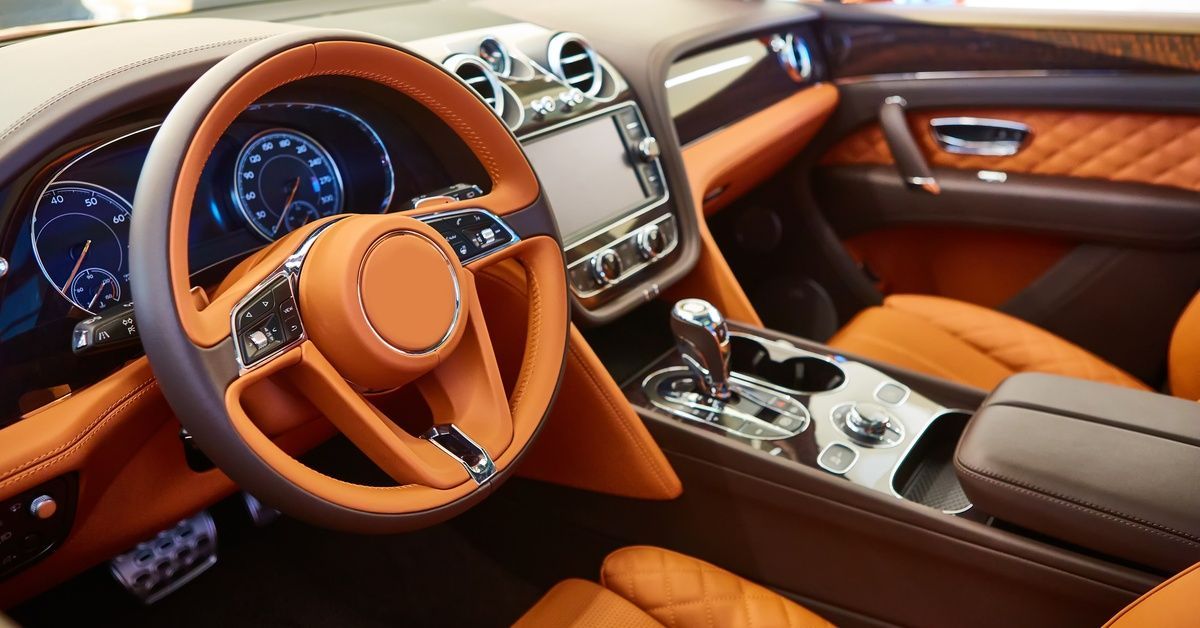
Maintaining Your Vehicle's Resale Value
Protecting your car's interior through window tinting represents a smart financial decision that pays dividends when it's time to sell or trade your vehicle. Potential buyers immediately notice interior condition, and sun-damaged interiors can significantly reduce your car's market value.
Cracked dashboards, faded seats, and deteriorated trim pieces signal poor maintenance and can make your vehicle appear much older than its actual age.
Professional appraisers and dealerships specifically look for signs of UV damage when evaluating used vehicles. A well-preserved interior suggests careful ownership and proper maintenance, often translating to higher offers and faster sales. Of course, many factors contribute to resale value, but the relatively small investment in quality window tinting can preserve the vehicle’s value over its lifetime.
The protection extends beyond just visual appeal. Maintaining original interior conditions helps preserve the functionality of various components. Steering wheels, gear shifters, and other frequently touched surfaces remain more comfortable and usable when protected from UV damage.
Long-Term Benefits Beyond Appearance
Learning how window tinting protects your vehicle’s interior provides both immediate and long-term benefits.
Window tinting’s advantages extend well beyond preserving your interior's appearance.
Climate control systems work more efficiently in tinted vehicles because the interior doesn't heat up as dramatically during sunny days. This reduced thermal load means your air conditioning doesn't have to work as hard to maintain comfortable temperatures, potentially extending the life of your HVAC system and improving fuel efficiency.
The consistent interior temperatures created by effective window tinting also benefit electronic components and devices you might store in your car. Extreme heat can damage smartphones, tablets, and other electronics, while more stable temperatures help preserve their functionality and battery life.
Making the Investment in Interior Protection
Window tinting offers one of the most cost-effective ways to protect your vehicle's interior from UV damage. This solution also adds style and comfort to your driving experience.
The upfront investment in quality tinting pays for itself through preserved interior condition, maintained resale value, and enhanced daily comfort.
Take action now to protect your investment. Consult with professional tinting specialists who can recommend the best film options for your specific vehicle and needs.
